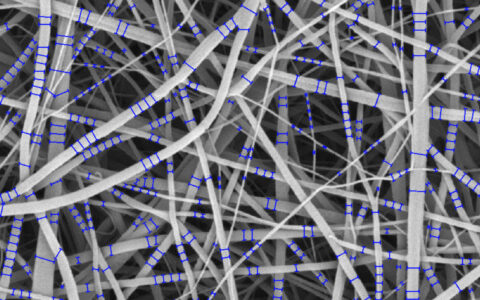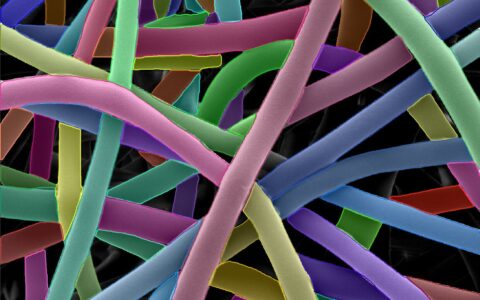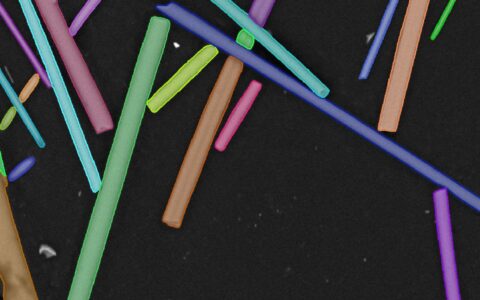Fiber Thickness
The ability to precisely measure fiber thickness (diameter) is crucial for quality assurance in the production of electrospun fibers, glass, ceramics, and similar materials. However, segmenting densely packed fibers within a field of view can often be a challenging and time-consuming task.
The Image-Pro Fiber Thickness protocol streamlines this process with a series of easily configurable steps, enabling efficient analysis of large datasets with minimal image analysis expertise. Individual fibers can be segmented using pre-trained deep learning models, machine learning, or a custom algorithm, ensuring accurate and reproducible results.
Techniques: Brightfield
How it works
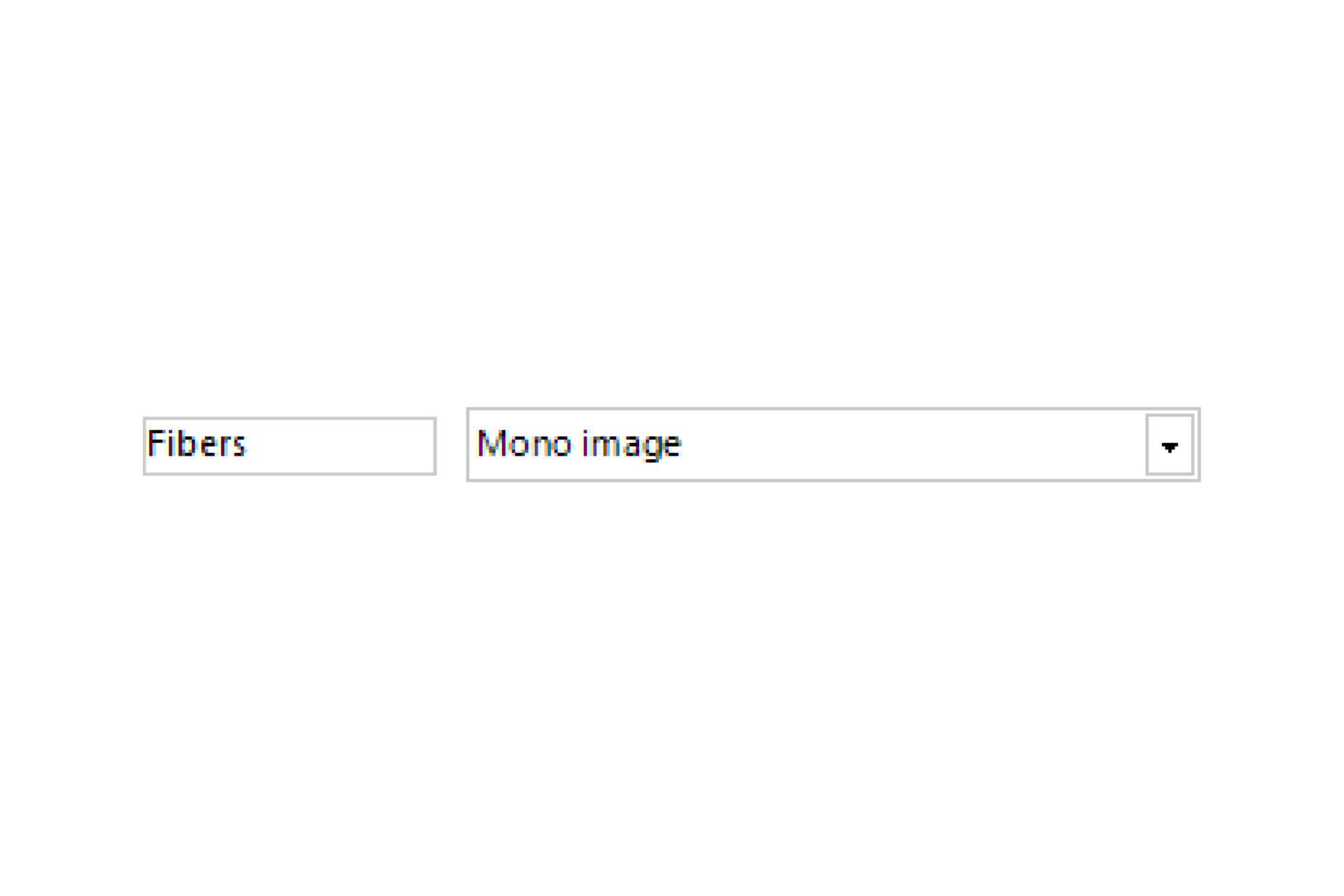
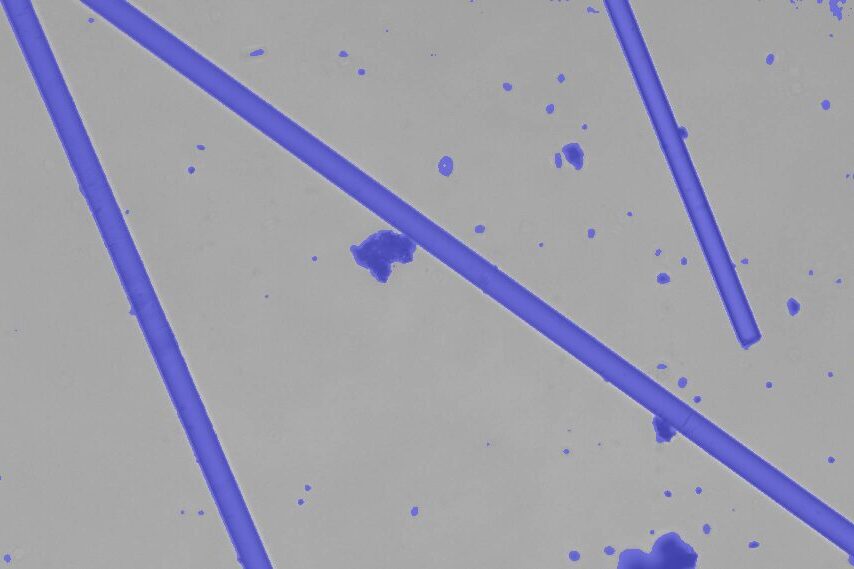
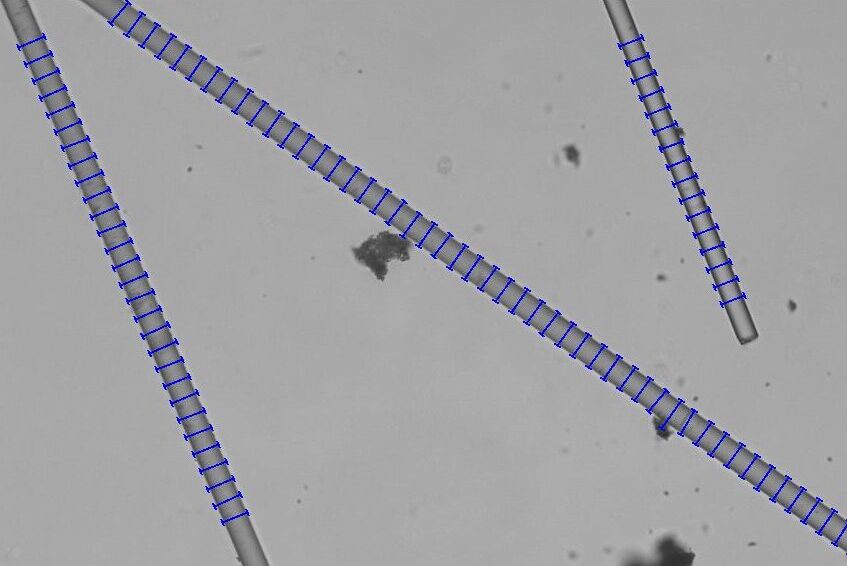
Select Channel
Select the channel that contain fibers.
Set Diameter
Set the diameter for a pre-trained deep learning model, or set settings for machine learning or a custom algorithm.
Measure
Automatically measure fiber thickness.
Quantitative results

Automatically generate tables, heat maps, charts and even complex bespoke reports.
Measurement parameters supported
- • Mean Thickness
- • Minimum Thickness
- • Maximum Thickness
- • Standard Deviation
- • Mean Fiber Angle
- • Custom user-defined measurements
Solution requirements
Required Modules
Base
2D Automated Analysis
Materials Protocol Collection
Fiber Thickness Protocol
Recommended Package
Literature spotlight
- Jiang, L., Jiang, Y., Stiadle, J., Wang, X., Wang, L., Li, Q., ... & Turng, L. S. (2019). Electrospun nanofibrous thermoplastic polyurethane/poly (glycerol sebacate) hybrid scaffolds for vocal fold tissue engineering applications. Materials Science and Engineering: C, 94, 740-749.
- Xiao, Y., Sakib, N., Yue, Z., Wang, Y., Cheng, S. I., You, J., ... & Zhu, G. (2020). Study on the relationship between structure parameters and filtration performance of polypropylene meltblown nonwovens. Autex Research Journal, 20(4), 366-371.
- Zhang, L. Y., Tsuzuki, T., & Wang, X. G. (2010, October). Preparation and characterization on cellulose nanofiber film. In Materials Science Forum (Vol. 654, pp. 1760-1763). Trans Tech Publications Ltd.

